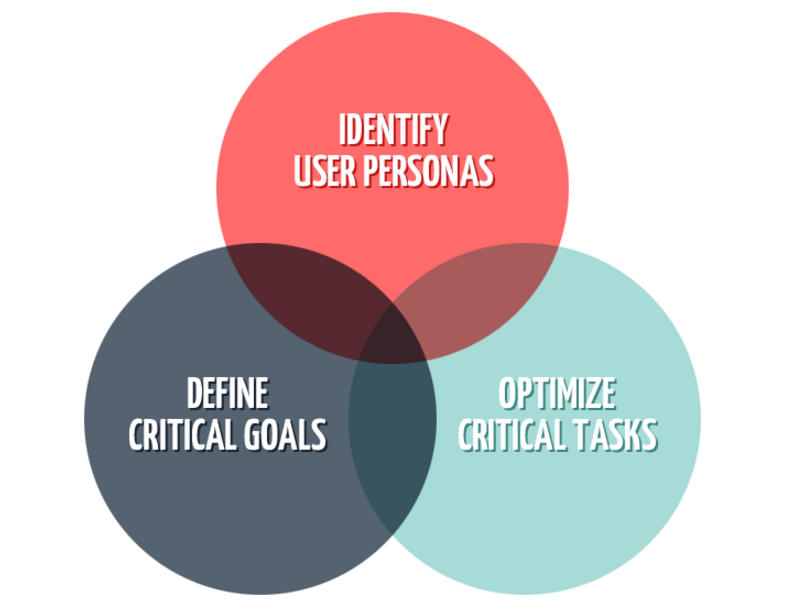
Marketing is Not Enough: Engage in Growth Hacking
April 18, 2016
Our Great HubSpot Experiment – Part 2
May 5, 2016
A lot more people are talking about UX as the way we access the internet changes rapidly around us, but what exactly are they saying? UX, or the User Experience, is essentially a user oriented approach to design and usability that prioritizes functionality over form. At Waypost, we love making beautiful websites, but we love high conversion rates even more, and we are going to bring a lot more to the table as a result.
A Data-First Approach
UX is rooted in research and testing. We don’t follow hunches or trust our “eye for design”. We rely on analytics, testing, and constant research to determine the proper path for each client. More often than not, our approach to UX can be expanded into three main objectives. How well your site performs depends on how successful you are at addressing each objective.
User Personas
A user persona is a fictitious biographical profile that defines a typical user, just like buyer personas. Some businesses may have one primary persona and two or three secondary personas. The important thing to remember is that a persona is built on careful research. A user persona is worthless, and could end up costing you valuable conversions if it misses the mark. When a user persona is properly developed, it can become a valuable tool for optimizing every aspect of your marketing efforts.
Critical Goals
Most of our clients have several goals for their website or marketing campaigns, but focusing on the most critical of these goals allows us to refine the user experience to its essential parts. For example, if you own a plumbing company you probably have a few of the following as goals for your website:
- Inform potential hires of job openings
- Promote seasonal discounts or offerings
- Provide warranty information
- Allow customers to schedule services
- Explain new technologies
As you can guess, optimizing your website for every one of these goals is going to water down the user experience and ultimately confuse the users who might otherwise be interested in your services. By defining critical goals (i.e. allowing customers to schedule service) we can work toward optimizing your site for those tasks.
Critical Tasks
Once we have those critical goals defined, we ask the question, “How easy is it to complete that task?” The easiest way to optimize critical tasks is user testing – What are the distractors? Is the messaging clear? Do the forms work well or are they a burden to complete? – but the most valuable tool for an expert UX designer is always research.
Discover more by downloading our free e-book on 25 Website Must-Haves for driving more traffic, leads and sales. Happy converting!









